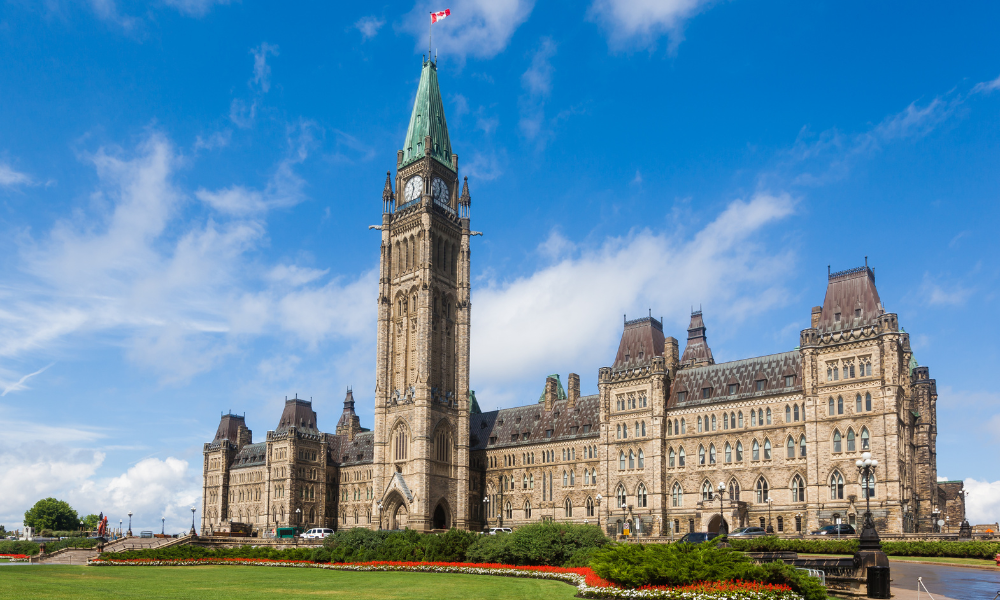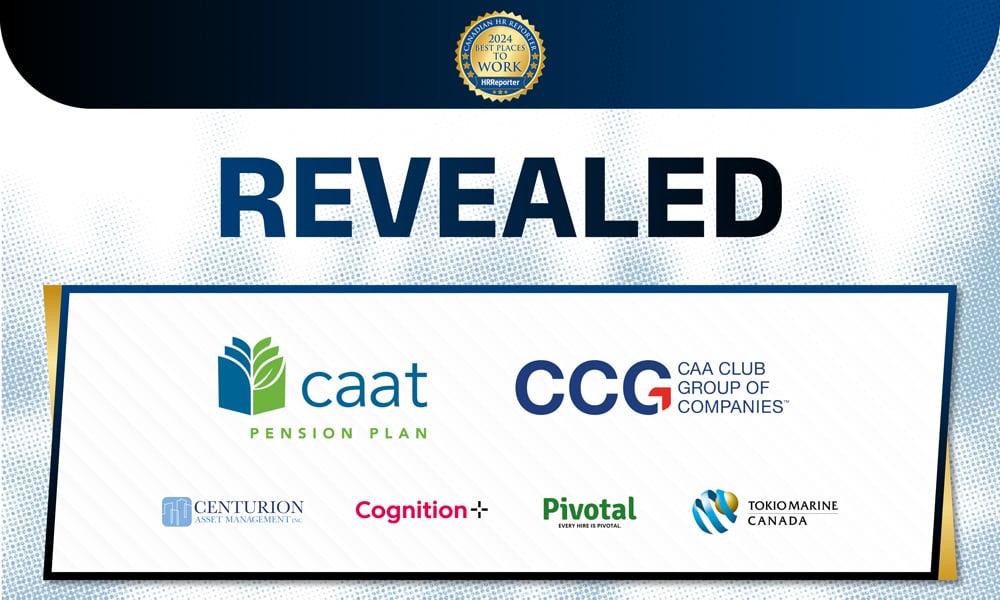Organization of 10,000 people 'can save up to $60 million by improving its recognition practices'

About a year ago, the Canadian Automobile Association (CAA) decided to link its recognition efforts to employee wellbeing.




